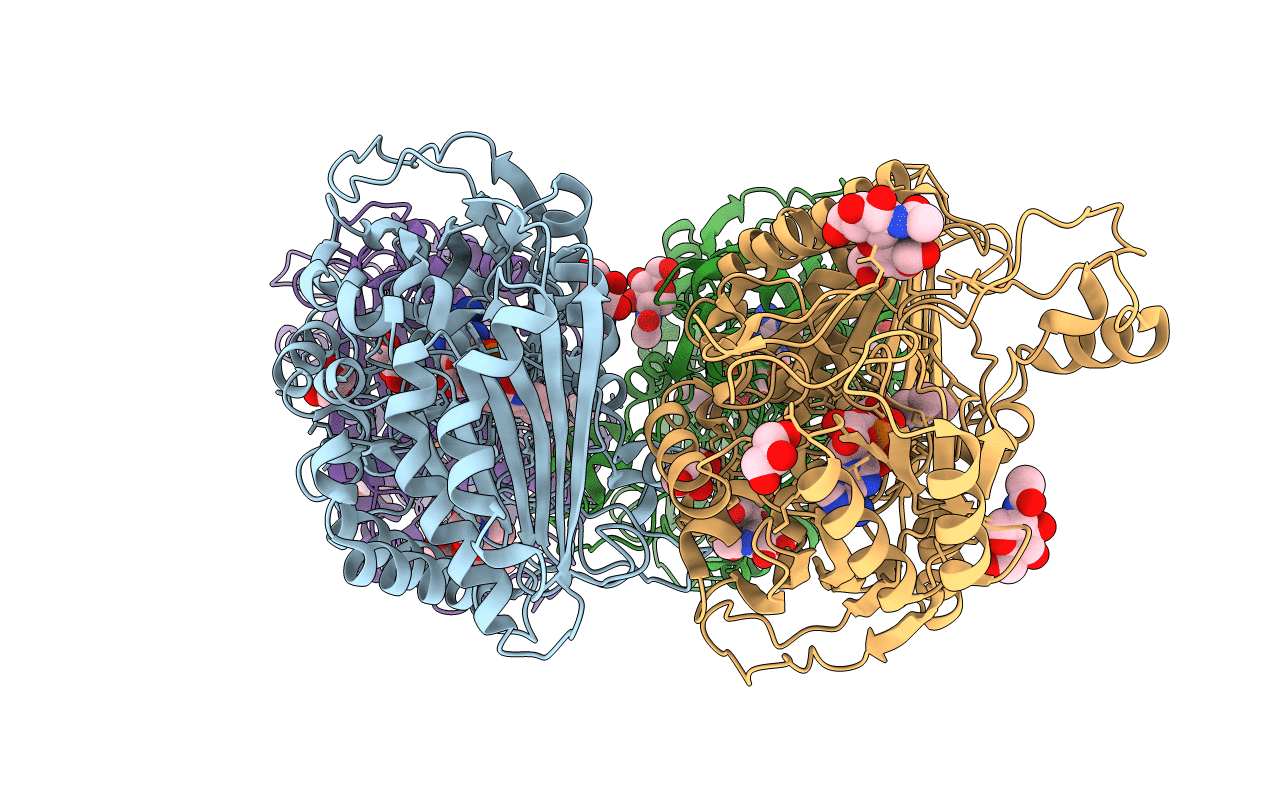
Deposition Date
2017-12-07
Release Date
2018-01-10
Last Version Date
2024-11-13
Entry Detail
PDB ID:
6F74
Keywords:
Title:
Crystal structure of VAO-type flavoprotein MtVAO713 from Myceliophthora thermophila C1
Biological Source:
Source Organism:
Host Organism:
Method Details:
Experimental Method:
Resolution:
2.20 Å
R-Value Free:
0.23
R-Value Work:
0.19
R-Value Observed:
0.19
Space Group:
P 1 21 1


